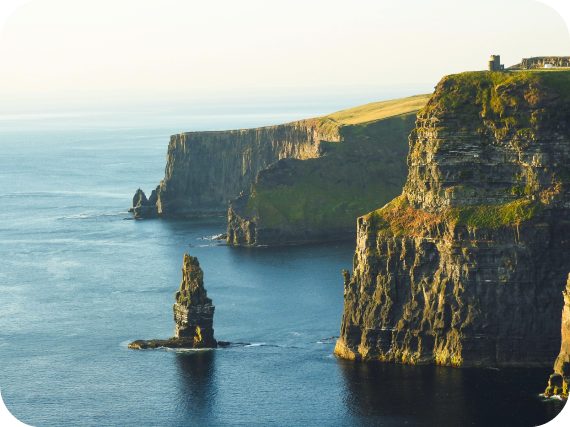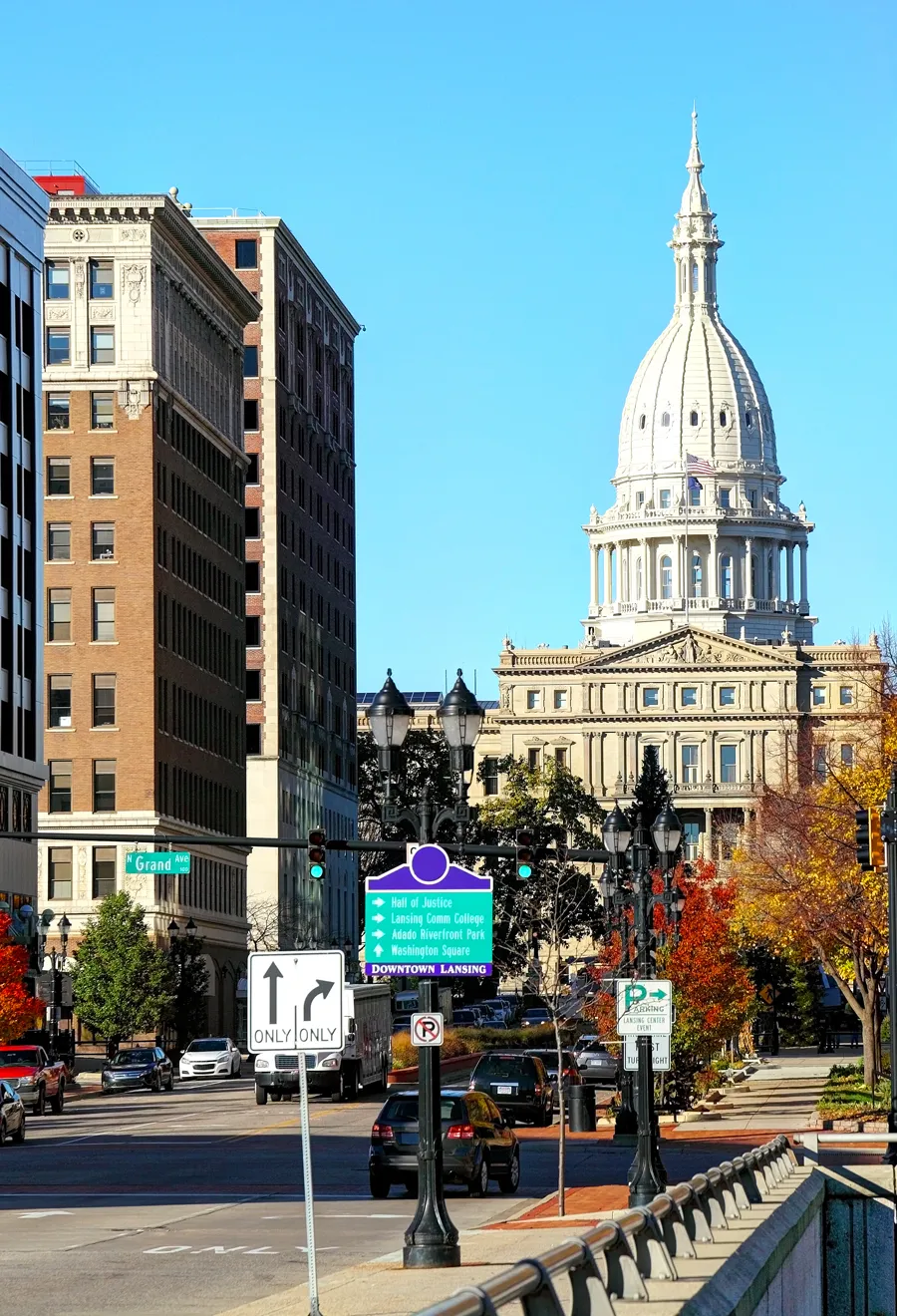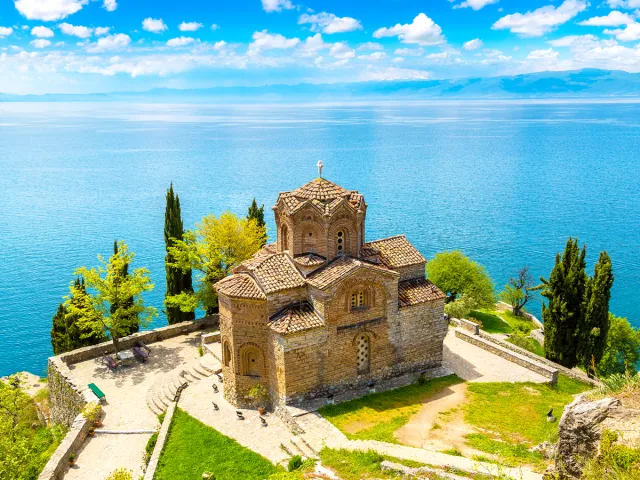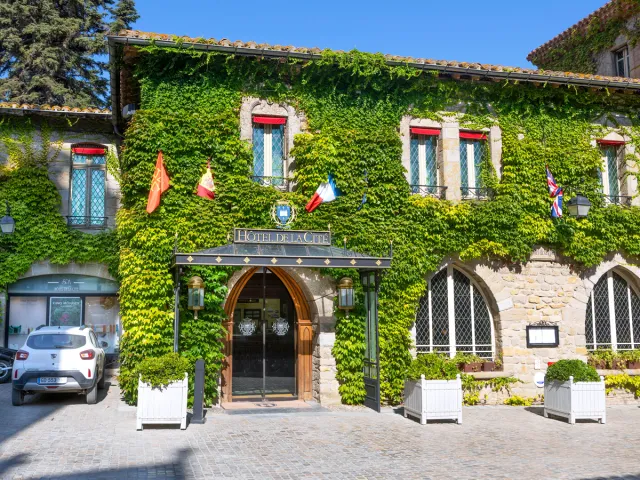Contrary to what many people may understandably assume, the biggest and most popular city in a state is rarely the capital. A major reason is the fact that, in the 18th and 19th centuries, lawmakers typically prioritized practicality over prestige when selecting the state capital. They looked for locations that were safer from attack, easier for delegates to reach, or more representative of the general population at the time. They also sometimes sought to avoid concentrating too much political power in the same place as the state’s economic power. Learn why 10 major U.S. cities missed out on the state capital title — and why their quieter neighbors got it instead.
New York – Albany vs. New York City

New York City may seem like the obvious choice for the state capital, but it wasn’t always the most practical. During the Revolutionary War, the British seized New York City, forcing state leaders to hold meetings in safer upstate towns like Kingston and Albany. After British troops burned Kingston in 1777, Albany’s central location on the Hudson River made it an attractive choice for trade, military planning, and politics. It became the permanent capital in 1797, but it wasn’t until nearly two centuries later, in 1971, that legislation formally made that status official.
Illinois – Chicago vs. Springfield
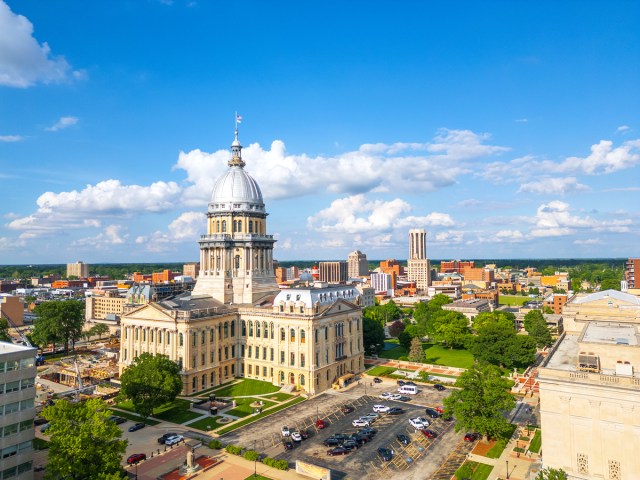
In the early days of Illinois, the state capital wasn’t fixed, and legislators moved between towns such as Kaskaskia and Vandalia. By the 1830s, however, Springfield had begun to emerge as a key hub. It was geographically central and, perhaps most importantly, home to influential politicians, including a young Abraham Lincoln. Lincoln and other local leaders successfully lobbied to make it the permanent capital in 1839. Even as Chicago grew into the third-largest city in the country, Springfield’s location and political connections kept the state government there while Chicago took care of nearly everything else.
California – Los Angeles vs. Sacramento

California may be known for its City of Angels, but Los Angeles has never been the state capital. That honor goes to Sacramento, which became the capital in 1854. Prior to that, the title bounced around between San Jose, Vallejo, and Benicia.
During the California gold rush, Sacramento’s spot at the confluence of two major rivers — the Sacramento and the American — made it a crucial supply and transportation hub for miners heading into the Sierra Nevada foothills. Additionally, influential figures in the state’s early history, including John Sutter, were based in Sacramento, making it a practical choice for the capital.
Texas – Austin vs. Houston
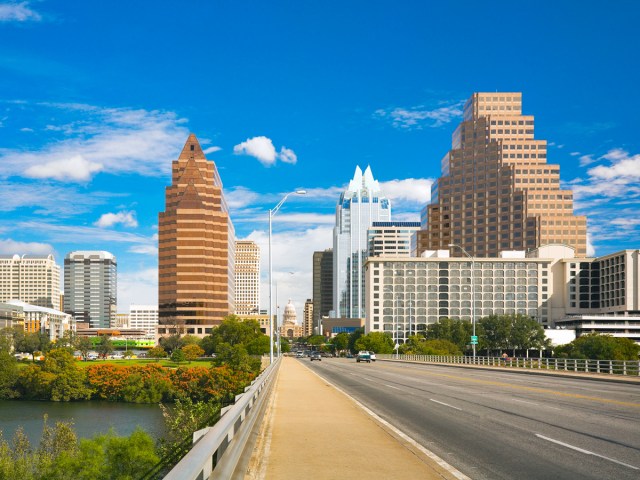
Seven other locations served as the capital of Texas before Austin took over the title in 1839. Houston, which became the temporary capital in 1836 and was considered for the permanent capital, lost out due to its frequent flooding. Mirabeau B. Lamar, former president of the Republic of Texas, suggested Austin — then called Waterloo — because of its climate, natural beauty, and central location along the Colorado River. It was renamed Austin in 1839 after Texas pioneer Stephen F. Austin.
Florida – Miami vs. Tallahassee

Tallahassee might seem like an unlikely choice for Florida’s capital, especially compared with larger, more famous cities such as Miami or even Orlando. But those cities weren’t in the conversation in the early 1820s, when government meetings alternated between Pensacola and St. Augustine, the former capitals of British West Florida and East Florida. The nearly 400-mile journey took almost two months to make, so lawmakers instead chose Tallahassee as a midpoint. Tallahassee became the territorial capital in 1824 and then the state capital after Florida became a state in 1845.
Pennsylvania – Harrisburg vs. Philadelphia

Philadelphia was once the capital of the country, but today it’s not even the capital of Pennsylvania. The state shifted its capital to Lancaster in 1799, partly due to Philadelphia also being the U.S. capital at the time. While Harrisburg had always been in consideration for the title, it didn’t become the state capital until 1812. The change came about primarily because of geography: Harrisburg’s central location along the Susquehanna River offered faster travel by both horse and ship, which was far easier than a two-week journey to Philadelphia for lawmakers from western counties.
Louisiana – Baton Rouge vs. New Orleans
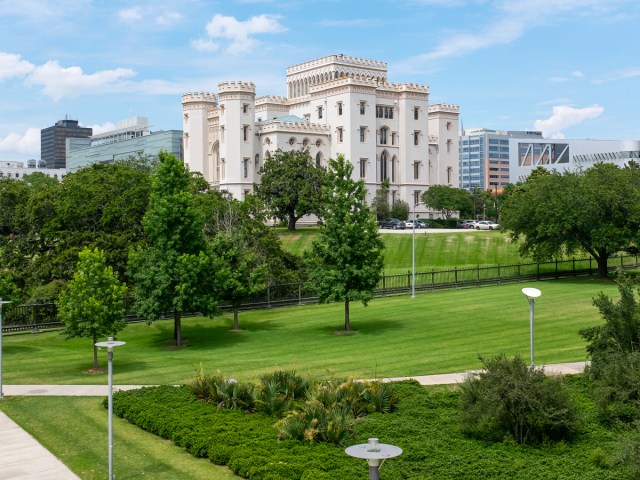
While New Orleans was once the capital of the Louisiana colony, lawmakers eventually settled on Baton Rouge as the state capital. This was largely for practical reasons: Its higher ground and location about 100 miles north of New Orleans made it much less vulnerable to flooding and invasions along the mighty Mississippi River. The city’s central location also made it easier for legislators from other parts of the state to travel there. Baton Rouge was officially named the capital in 1849, giving the Pelican State a political hub separate from its undeniable economic and cultural powerhouse, the Big Easy.
Michigan – Detroit vs. Lansing
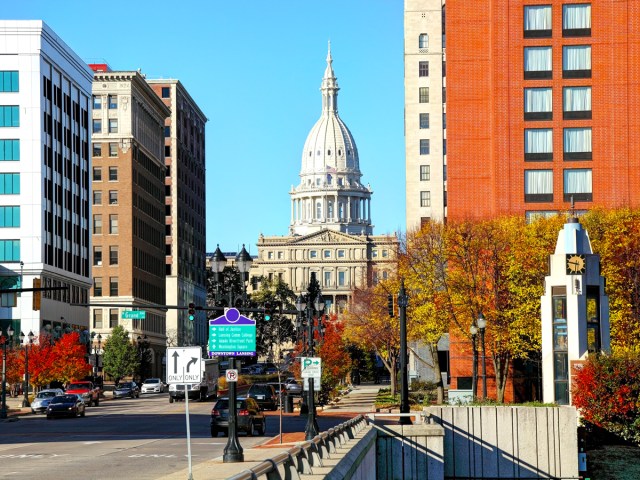
Detroit became Michigan’s first state capital in 1835, but the designation was only ever meant to be temporary. This was partly because of concerns that Detroit was too close to British-controlled Canada. Lawmakers wanted a more central, secure location.
Landowner James Seymour brought attention to Lansing Township, located almost smack dab in the middle of the Mitten State. In 1847, Lansing became the new capital, but it wasn’t without downsides. At the time, the area was so remote and undeveloped that it was even referred to as a “howling wilderness.” Despite its humble beginnings, Lansing now ranks among the state’s biggest cities and remains the state capital to this day.
Nevada – Carson City vs. Las Vegas
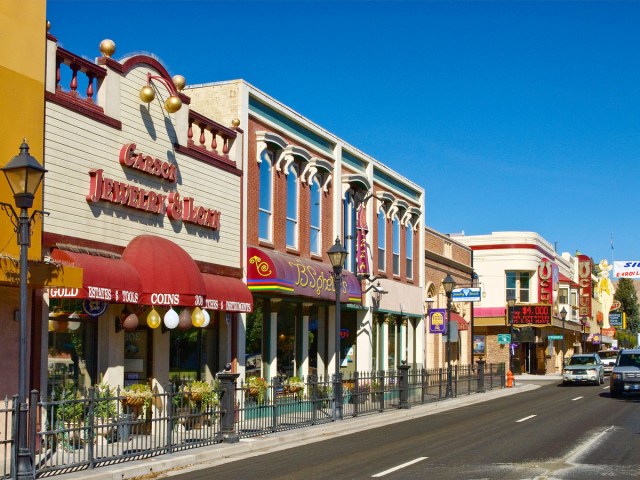
In 1858, pioneer Abraham “Abe” Curry arrived in Eagle Valley, surveyed the area, and set aside land for a future capitol building. That was three years before the Nevada Territory was even formed, and more than 40 years before the city of Las Vegas was founded.
When the Nevada Territory was officially formed in 1861, Carson City became the capital. By that time, silver and gold had been discovered in the area, and it was on the verge of becoming a thriving commercial and rail and river transportation hub. President Abraham Lincoln, eager to secure Nevada’s mining riches for the Union during the Civil War, granted the territory statehood in 1864, and Carson City remained the capital, a title it has held ever since.
Washington – Olympia vs. Seattle

When Washington was still a territory, Seattle was little more than a lumber town, a far cry from the bustling port it would become. Olympia, however, was a populous settlement, a key stop for ships on the Puget Sound, and home to prominent figures such as lawyer Daniel Bigelow. In 1853, Olympia became the territorial capital. When Washington became a state in 1889, several regions duked it out for the capital honor, but Olympia took the crown.
More from our network
Daily Passport is part of Inbox Studio, which publishes content that uplifts, informs, and inspires.


